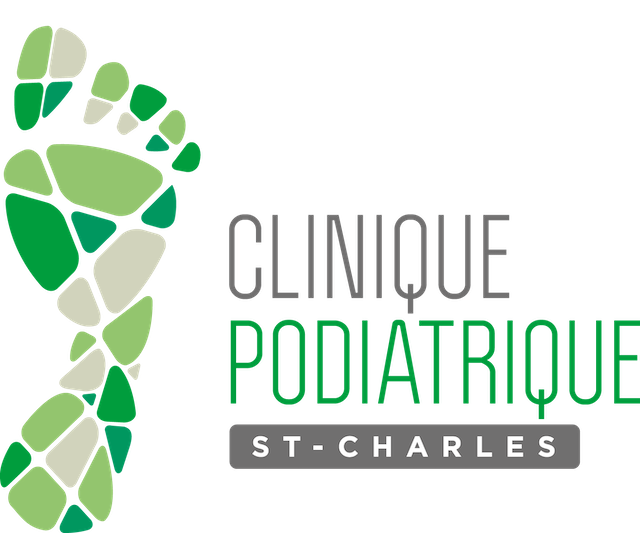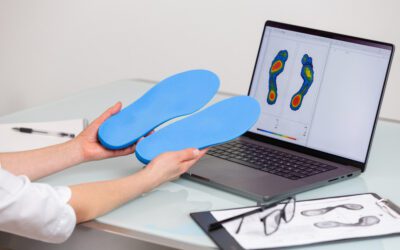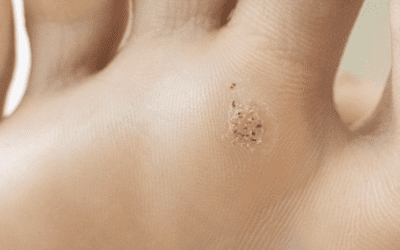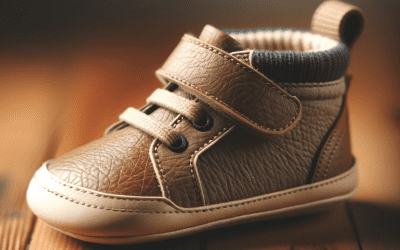Podiatric conditions such as claw toes and hammer toes present common challenges in clinical practice. Although distinct, these pathologies share characteristics and significantly impact patient quality of life. A brief history of hammer toes, with anatomical explanations, establishes a foundation for understanding claw toe. The latter is often linked to specific foot types, highlighting the importance of podiatric assessment in diagnosing and treating these conditions.
The human foot is a complex structure with 26 bones, over 30 joints, and numerous tendons, muscles, and ligaments. Each toe comprises small bones called phalanges, connected by joints allowing movement. Tendons like the extensors and flexors play a crucial role in this movement. Imbalances or weaknesses in these structures can lead to conditions like claw toe, often characterized by abnormal bending of interphalangeal joints, causing toe curvature. Understanding this anatomy is vital for identifying underlying claw toe causes and devising effective treatment plans.
Claw Toes Symptoms and Signs
Claw toe is often confused with other pathologies like hallux valgus (big toe deviation) and hammer toe. While hammer toe mainly affects the toe’s middle joint, resembling a hammer, claw toe involves curving all toe joints. These conditions can coexist, complicating diagnosis and treatment. Understanding these disorders’ nuances is crucial for proper management, as each pathology requires a specific therapeutic approach.
Symptoms of claw and hammer toes often include pain, corns, and visible toe deformation. The toe joint becomes stiff, causing a curvature resembling a hammer or claw.
- Pain and Discomfort: Patients often experience sharp pain or discomfort when walking or wearing certain shoes, exacerbated by prolonged standing or walking on hard surfaces.
- Visible Deformation: Toes appear curved or hooked, resembling a claw, this deformation can affect one or several toes.
- Corns and Calluses: Abnormal pressure on the toes can lead to painful corns and calluses on the joints or under the foot.
- Difficulty in Moving Toes: Affected individuals may struggle to stretch or move their toes, indicating joint stiffness.
- Gait Changes: Pain and deformation can alter walking, potentially causing pain in feet, ankles, knees, or back.
Causes
These pathologies can stem from genetics, prolonged use of unsuitable shoes, or foot biomechanical disorders. Athletes, for example, may develop these conditions due to repeated foot pressure.
Biomechanics
Foot biomechanics play a crucial role in developing claw toes. Poor weight distribution and muscle imbalance can lead to these deformities.
- Muscle Imbalance: An imbalance between toe-extending and flexing muscles can cause abnormal toe positioning.
- Poor Weight Distribution: Uneven weight on the foot can increase pressure on certain foot parts, contributing to claw toe formation.
- Foot Architectures: Flat feet or very high arches can predispose biomechanical issues, influencing toe shape and function.
Differentiating between hammer toe and claw toe
Distinguishing between hammer toe and claw toe is essential, though they may seem similar. Hammer toe generally affects the toe’s middle joint, while claw toe involves more pronounced curvature and may affect multiple joints.
Prevention
Prevention involves choosing suitable shoes, managing biomechanical risk factors, and specific exercises in some cases.
Toe deformities like claw toe can significantly impact quality of life. Pain and discomfort often limit daily activities, hindering mobility and independence. Additionally, foot appearance can affect patient self-esteem, sometimes leading to social isolation. These aspects underscore the importance of a holistic treatment approach, considering not only physical aspects but also patients’ emotional and psychological well-being.
Podiatrist Treatment
The podiatrist conducts a comprehensive assessment to determine the best therapeutic approach. This assessment may include biomechanical analyses, X-rays, and thorough clinical examination. Treatment options range from physiotherapy to surgery, like percutaneous surgery or more traditional surgical intervention.
- Comprehensive Assessment: The podiatrist starts with a detailed evaluation, possibly including biomechanical analyses, flexibility and strength tests, and X-rays to assess deformation extent.
- Orthoplasty: This technique involves creating custom silicone orthoses designed to maintain toes in a more natural position, thus reducing pressure and pain.
- Plantar Orthoses: Custom devices placed inside shoes to support foot arches, redistribute pressure, and improve foot biomechanics.
- Advice and Education: The podiatrist provides advice on choosing shoes and home exercises to strengthen foot muscles and improve toe flexibility.
- Surgical Interventions: In severe cases, surgery may be recommended to correct deformation and relieve pain.
Technological advancements have greatly improved foot pathologies like claw toe diagnosis and treatment. Advanced imaging, such as MRI and 3D X-ray, allows precise assessment of bone structure and soft tissues. In surgery, less invasive techniques like percutaneous surgery offer shorter recovery times and reduced scarring. Innovations in rehabilitation, including ultrasound therapies and electrical stimulation, also contribute to better functional recovery.
Simple measures like stretching exercises, wearing suitable shoes, and using orthopedic devices can help relieve symptoms.
Claw Toes and Shoes
Choosing suitable shoes is crucial in preventing and treating claw toe. Shoes should provide adequate support, a broad area for toes, and sufficient flexibility for natural foot movement. Custom orthotics, designed to fit a patient’s specific foot contours, can help redistribute pressure, support foot arches, and correct biomechanical imbalances. These interventions can not only relieve pain but also slow or stop deformity progression.
Rehabilitation and Specific Exercises
Rehabilitation plays a vital role in treating claw toe. Targeted exercises can strengthen foot muscles, improve toe mobility, and promote better walking mechanics. These exercises can include toe and foot stretches, strengthening exercises, and techniques to improve proprioception. Physiotherapy may be complemented by methods like manual therapy and hydrotherapy, offering a multidimensional approach to restore function and reduce pain.
Home Exercises for Treating and Preventing Claw Toe
These exercises can help strengthen foot muscles, improve toe flexibility, and prevent claw toe condition worsening. Always consult a health professional before starting a new exercise program.
Toe Stretches
Purpose: Improve toe joint flexibility.
How to Do:
- Sit with one leg crossed over your opposite knee.
- Gently grasp your toes with your hand and pull them towards you until you feel a comfortable stretch.
- Hold for 15 to 30 seconds.
- Repeat this stretch 2 to 3 times for each foot.
Toe Press and Release
Purpose: Strengthen toe muscles and improve muscular control.
How to Do:
- Sit with feet flat on the floor.
- Press your toes against the floor, as if trying to dig into sand. Hold the pressure for 3 to 5 seconds.
- Release and repeat the exercise 10 times for each foot.
Awareness of claw toe causes and prevention is essential. This includes education on suitable shoe choices, early symptom recognition, and the importance of regular podiatrist visits, especially for at-risk populations like athletes and the elderly.
Awareness can also involve public health campaigns and educational programs to inform the public about these pathologies and effective preventive measures. Such awareness can help reduce these conditions’ incidence and encourage early intervention to avoid long-term complications.
In conclusion, understanding claw and hammer toes is crucial for effective prevention and treatment.
The podiatrist’s role is central, from initial assessment to implementing a tailored treatment plan. Prevention remains a key component, emphasizing the importance of appropriate shoe choices and proactive risk factor management. The public must be aware of these conditions to promote early detection and timely intervention.



